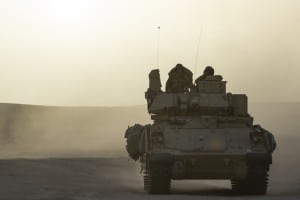
The Army has canceled its current solicitation effort for the Optionally Manned Fighting Vehicle (OMFV) with a plan to evaluate and revise the program’s requirements before restarting the competition in the future, officials told reporters on Thursday. Bruce Jette, the Army’s top acquisition official, said there are no finalized details on when the acquisition effort for OMFV will begin again or how this will affect the targeted date to field the first vehicles in 2026. “Based on feedback and proposals…

 By
By 











